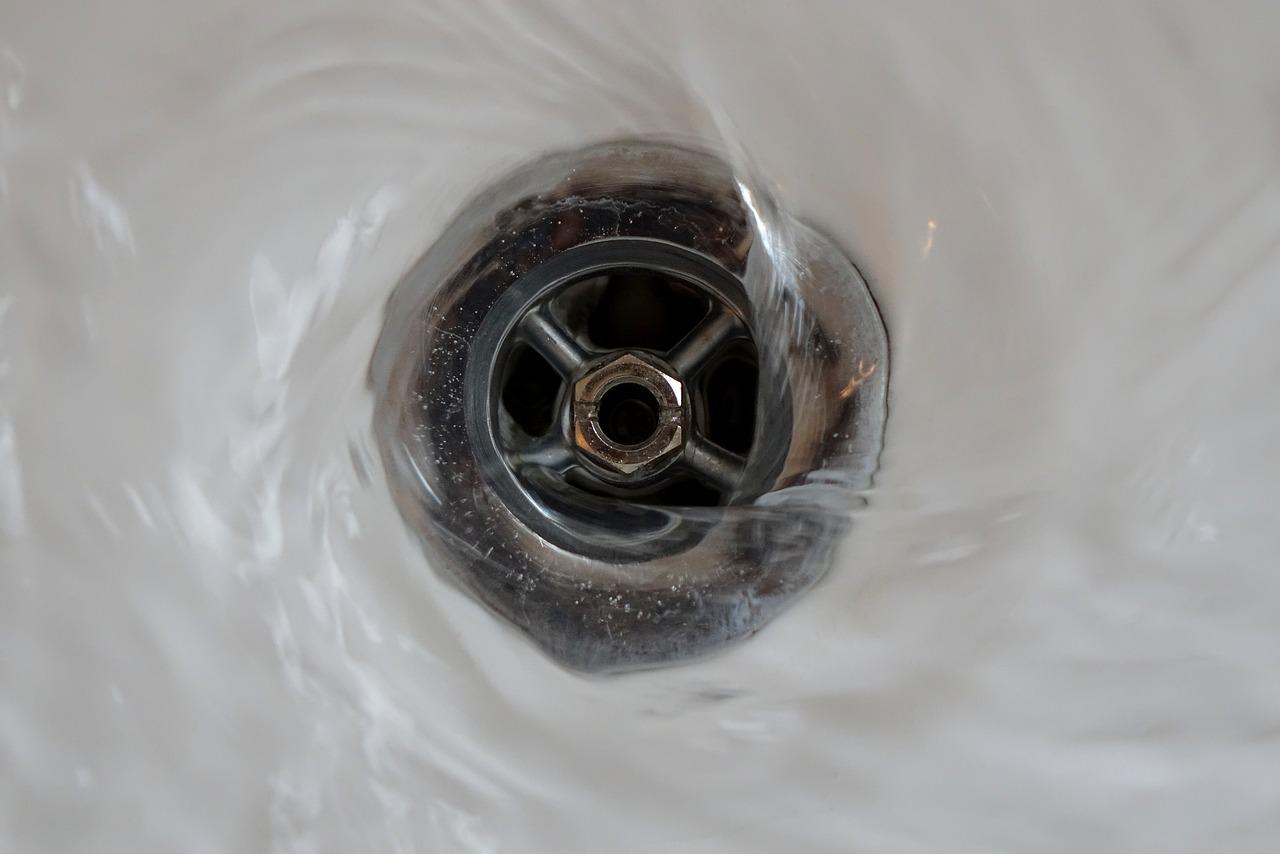How to Find and Deal With a Plumbing Leak in San Antonio
First, How Can I Tell If My Home Has a Plumbing Leak
A reliable way to determine if you have a plumbing leak in your home, is to check your water meter. If you do not know where your meter is located, you can call your local water company, San Antonio Water System or SAWS to get your meter location. In San Antonio and surrounding areas, your water meter is most likely located in your front yard close to the street under a metal or plastic cover.
Fixing leaks will not only lower your water bill, but will also help preserve very limited water resources. You never know when the next drought is happening.
Use Your Water Meter – It’s Like a Built-In Leak Detector!
Make sure no water is being used inside or outside of your house.
Locate your water meter and check the leak indicator to see if it is moving. Depending on the brand of your meter, the leak indicator could be a small triangular shaped dial or a small silver wheel that rotates when water is flowing through the meter. If the dial is moving, chances are, you have a leak.
Or you can also check your meter reading and write the numbers down, just wait 1 or 2 hours and take another meter reading (make sure no water is used during this time). If the reading has changed, you have a plumbing leak.
Is My Plumbing Leak Inside or Outside My House?
After you’ve verified that you have a plumbing leak, the next step is to determine if the leak is inside or outside your house.
Locate your home’s main shut off valve and shut off the water at the valve. Typically, you will find the shut off valve in the garage directly behind an outdoor faucet, or outside below an outdoor faucet. If you have PEX plumbing in your home which is indicated by blue and red piping under each sink, you should have a plumbing station inside your garage with a main shut off – it will be labeled as a main shut off.
After you do this, check your meter again for movement or use the meter reading method, making sure not to use any water during this period. If your water meter stops moving or there is no change in the meter readings, then your plumbing leak is inside of the house. If the leak indicator continues to move or there is a change in the meter readings, then the leak is outside between the meter and the house.
How to deal with leaking pipes in your home with advice from the experts at Air & Plumbing Today.
Leaking pipes are very common in San Antonio, especially in older homes or when plumbing is not installed properly.
Newer homes can actually have plumbing leaks! We’ve seen plumbing leaks in reletively newer homes due mistakes and improper installations such as a drywall screw piercing a plumbing pipe or a newly installed plumbing pipe that was improperly bent during installation in a new home.
Older homes can have many issues that cause plumbing leaks. Older, deterating pipes, connections, faucets, leaky seals, rusted out garbage disposals, damage caused by rodants, you name it – the list goes on and on.
In either case, any leak needs to be dealt with urgently to prevent damage to fixtures and fittings and even the home’s structure such as flooring, cabinets, drywall and wall structures
The growth of mold, which can begin rapidly following a leak is also preventable if a plumbing leak is dealt with in a timely fashion. Mold and Mildew can ravage a home causing thousands of dollars of damage in a short period of time.
When it comes to plumbing leaks in your home, there might be a chance you’ll be able to stop the plumbing leak yourself. But, it’s important to know when to call in professionals help also, to stop the problem from getting worse.
What Causes a Plumbing Leak? Why is water leaking from a pipe?
Leaking water supply pipes could be caused by frozen pipes, physical damage from digging, tree roots, water pressure, and more.
Air & Plumbing Today deals with frozen pipes during the winter quite often. This can cause small leaks or the pipes to burst. If you have pipes that are exposed to the cold and you live in an environment that has freezing winters, it’s best to make sure that your pipes are wrapped very well before freezing weather sets in. And for outdoor hose bibs, make sure that you cover them for the winter. Disconnect your garden hose and install an insulated cover over your hose valves.
Leaking drain pipes are usually caused by broken seals. For example, if you had a clog and you used a plunger, there’s a chance that the pressure surge caused by plunging the drain could have broken the seal of your drain pipes and caused a leak.
There can be other issues as well – and you might even have created the leak yourself. Quite often, leaking pipes are leaking because they were not installed properly to begin with.
Proper installation can prevent many leaks in the future. In fact, there are three common reasons for leaks in general. First, the piping was not installed with the precision that is necessary to keep the pipes from having unnecessary pressure exerted against them and the fittings from the structure. This can include holes that were not drilled in proper alignment resulting in the pipe being pulled or bound to make properly sealed connections. Poor installation can also cause repetitive clogs!
Secondly, joints being made between pipe and fittings can cause leaks too. Whether it’s a solder joint or a glue joint, most installations are completed in a hurry and solder joints can hold a pressure test in the beginning but start leaking even years later. Proper installations take time and precision so they last for years. Cheaply priced plumbers can cut corners with their work and can cost you time, money and headaches in the future.
Third, there are occasions when a homeowner may inadvertently drive a nail or screw through a pipe while hanging a picture or replacing cabinets or wood trim. This can cause wall leaks and sometimes, a pipe is only knicked and starts leaking months or years after the fact. Home owners should be careful where they drill into their walls because of plumbing and electrical inside their walls.
How to stop a plumbing leak in your home.
As soon as you find a leaking pipe, take action. You have to immediately place an empty bucket or a pile of rags underneath and turn off the water supply in the entire house or floor to stop the water from running and causing more and more damage.
If you know which type of pipe is leaking you can determine how to contain the leak and how to stop the leak. If it’s a water supply, shut the valve supplying water to that pipe, and drain the line from below. For example, shut the valve then open the faucet in the bathroom sink. This will vent the pressure from inside line so nothing can leak.
It’s simple. If it’s a leaking drain pipe, stop using that sink until it’s fixed by you or a professional. If a sink is both clogged and leaking, you might be able to use a shop vac to vacuum out the contents of the pipe. But some clogs can be deep and way below your sink and this method may not work and even if it does, it doesn’t address the leak. You can determine if it might be time to call in a professional.
Note that prevention is the best measure. Regularly inspecting your pipes – maybe a few times a year can help you spot trouble before it turns into a plumbing emergency. Spend five minutes walking through your home and around the exterior where there are visible plumbing pipes. Look under your bathroom and kitchen sinks, feel around connections for moisture, use a flashlight to see clearly.
If you spot any moisture, a broken pipe or major damage, it’s best to call a pro. And don’t neglect your washing machine connections and dishwasher connections. If it’s accessible, look behind your washing machine and your dishwasher to make sure the plumbing lines appear to be in healthy condition and no dampness or mold is present. Walk outside the house and inspect any hose connections, making sure they turn cleanly on and off. If you see water dripping from a pipe, rust or corrosion forming on a pipe, or any kind of damage to your plumbing lines, make the repairs quickly because early repairs usually cost less than emergency repairs.
There can be other signs that may alert you to the presence of leaking pipes. ‘Here are indicators that you may have a pipe leak,’ explains Doyle James, president of Mr Rooter Plumbing(opens in new tab), a Neighborly(opens in new tab) company. ‘Some of these include higher than usual water bills, mold and mildew growth, musty smells around the home, unexplainable stains or damage on walls and floors and foundation cracks.’
Speaking of plumbing emergencies, is every plumbing leak an emergency?
Fast action is always needed to deal with a leaking pipe or plumbing leak inside or outside your home. Leaking pipes can seem like a minor thing, but they can be a sign of a more serious plumbing problem.
If you find a leaking pipe, it’s best to inspect the leak right away. You may be looking at a quick fix, or you may uncover a major issue that could lead to serious damage to your home if you don’t address it quickly.
But a dripping faucet into the basin of your sink isn’t an emergency. A dripping hose faucet outside your home is also NOT an emergency. But a wall leak, a plumbing leak under your cabinets or in your ceiling is definitely more urgent and the SIZE of the leak determines whether it’s a true emergency or not. Larger leaks or the inability to stop a large leak INSIDE your home is definitely an emergency and you should call a professional immediately.
Large water leaks cause water damage or flooding and can cause many issues from structural damage to contributing to mold growth. You want to stop the flow of water quickly and call a plumber ASAP.
Mold growth is no joke because it’s a health hazzard and most professional plumbers will provide special high-volume fans to dry out the area of large leaks to prevent mold and mildew from forming.
If you have a plumbing leak inside or outside your home, call the professinal plumbers with Air & Plumbing Today. We’ll respond super fast and fix your plumbing problems with affordable rates. Call us at (210) 519-5959 and we’ll provide you with several repair options on the same day you call.

Our Offices
3615 Tavern Oaks San Antonio TX 78247
Call Us
Email Us
Hours
24/7 EMERGENCY SERVICE


Recent Comments